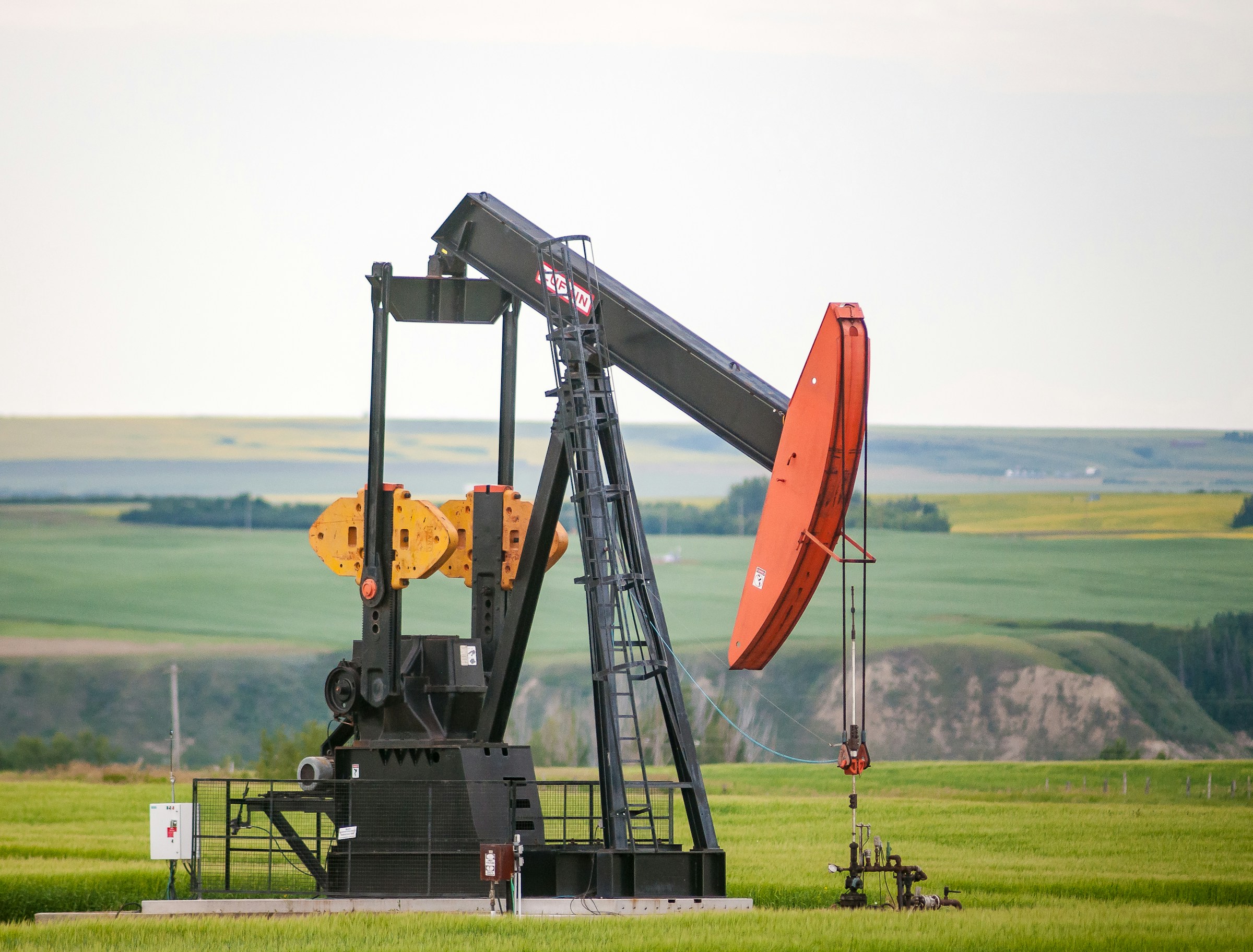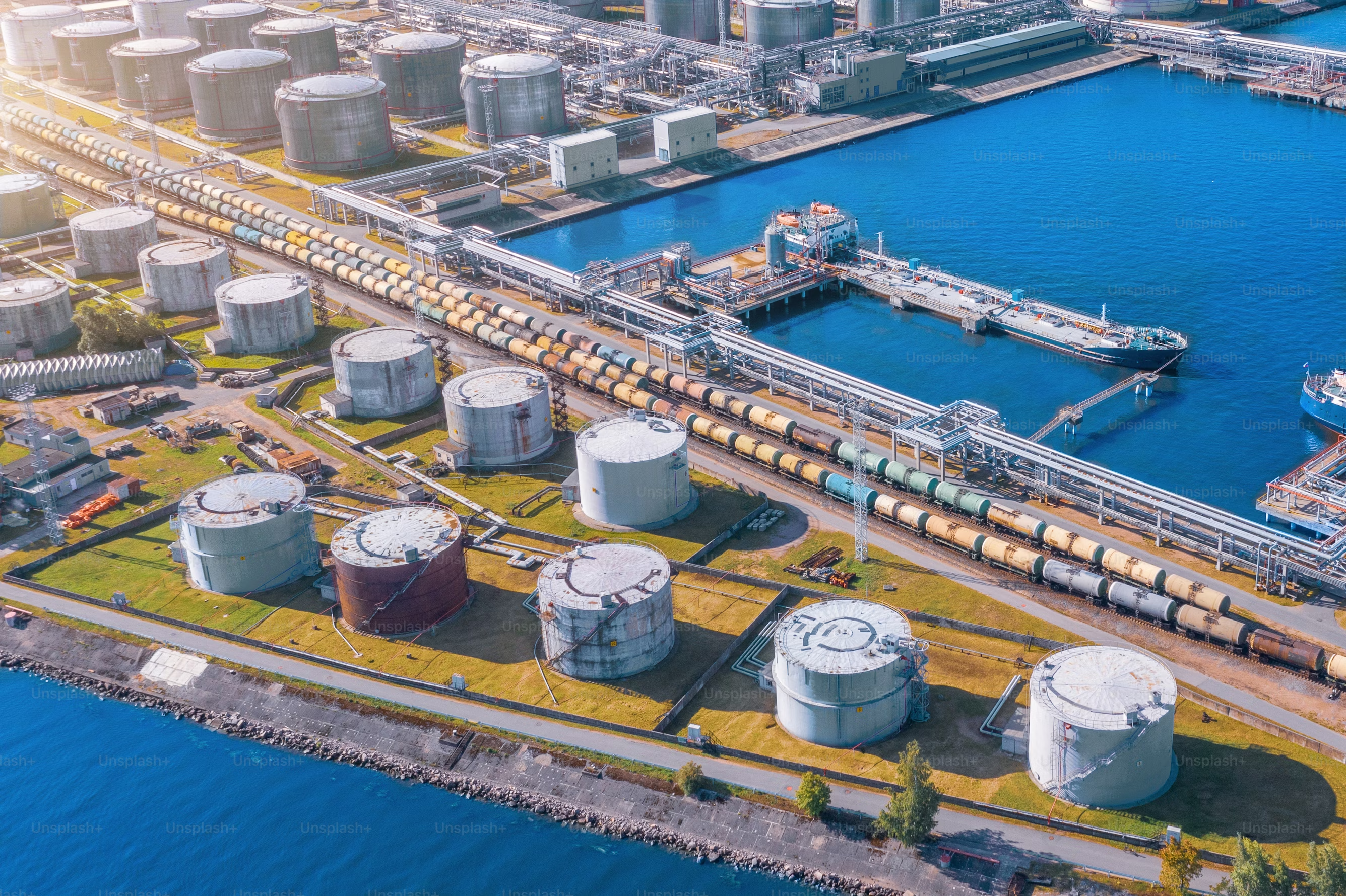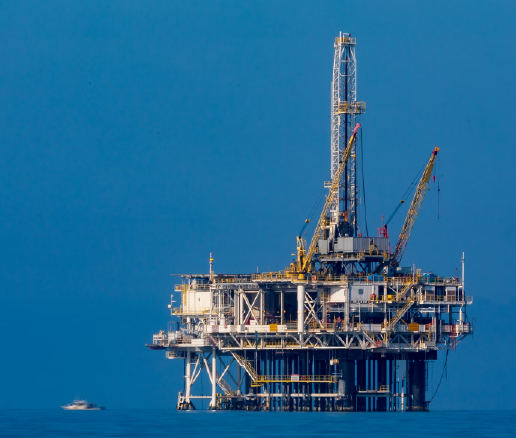How cellular connectivity is driving efficiency, safety, and innovation across upstream, midstream, and downstream segments
by Nir Elron
Driven by a combination of economic pressures, regulatory demands, aging infrastructure, workforce challenges, and the impact of COVID-19, the hydrocarbon industry is going through significant changes. It is gradually adopting and implementing IoT technologies, looking to increase its operational efficiency and safety, and reduce costs. Three years ago, McKenzie experts forecasted that adoption of the IoT within oil and gas operations management would increase from about 40 percent to between 55 and 70 percent in 2030. In April this year, Berg Insight reported rapid growth in IoT devices in the industry, estimating the number of installed wireless devices for oil and gas applications at 7.8 million units worldwide in 2023 and expecting it to reach 18.8 million units in the next five years.
This growing adoption leads to a greater need for reliable IoT connectivity that could ensure data transmission from these millions of devices. Industry reports say that investments in cellular IoT technologies are increasing. Hydrocarbon enterprises use all benefits of existing public mobile networks and also deploy their own private networks: according to a survey conducted by Oil & Gas Journal in December 2023, 37% of respondents were using or piloting a private cellular network.
Due to complex environments and remote locations, cellular connectivity plays an important role both in onshore and offshore operations. There are notable differences in how it is used across the upstream, midstream, and downstream segments though. Each segment has distinct operational needs and challenges that define their use of cellular technology. Upstream focuses on remote monitoring, field communication, and safety management in exploration and production environments. For midstream, the most important applications are pipeline monitoring, logistics, and remote control of transportation and storage operations. In downstream, enterprises usually prioritize refinery operations, supply chain management, and compliance in refining and distribution. However, from a connectivity perspective, all these scenarios can be sorted into several broader categories.

Remote Monitoring
Remote monitoring of tanks and pipeline infrastructure in the midstream and downstream sectors is one of the most common applications of cellular connectivity. In the same Berg report, analysts forecast cellular device shipment growth due to a higher adoption rate of sensor applications and continued preference for cellular communications in the remote tank monitoring segment. Sensors are often applied to monitor parameters such as pressure, volume levels, flow rates, temperature and operating status and conditions of various equipment at well sites, tank farms and pipeline facilities, to ensure that operations run smoothly.
The range of cellular-enabled devices used to monitor equipment and infrastructure may include cameras, drones or even robots. For example, at an LNG facility in Australia, cellular-connected robodogs conduct routine inspections to confirm equipment is in good operating condition and reduce the exposure of operators to potential hazards. With robots and drones, cellular connectivity is vital not only to transmit monitoring data, but for performing command and control functions as well.
Environmental monitoring is another important thing for the conventional energy sector: cellular-connected sensors can monitor emissions, temperature, pressure and other environmental parameters, ensuring compliance with regulations and detecting potential issues before they escalate.

Predictive Maintenance and Digital Twins
Much like in monitoring, predictive maintenance scenarios demand sensors deployed in the field to continuously monitor the health and performance of equipment such as pumps, compressors and drilling rigs. This kind of data-driven approach is used to predict failures before they occur and schedule maintenance accordingly to reduce expensive downtime.
Digital twins also need IoT sensors that allow to create a digital version of an asset or process to optimize operations, and all these sensors must be connected. Oil and gas are extracted in remote locations and sometimes challenging environments, so in most cases there simply is no other option to connect them except cellular networks.
Depending on the locations of the facilities, it may require additional connectivity infrastructure. This year, ADNOC announced that by 2025 it’s going to roll out a private 5G network over an 11,000-sq km area in the UAE. It will transmit information from sensors in over 12,000 wells and pipelines, supporting real-time recommendations to help increase the lifespan of these assets.
Field Operations
Cellular networks are critical for field personnel communications. Workers use them to stay connected with central operations, coordinate activities, and report issues. This includes both voice communication and data transfer, which is important for mobile applications used for equipment diagnostics, maintenance scheduling, and safety checks. Cellular connectivity ensures that these applications can access real-time data and updates. A good example is ExxonMobil’s fleet of offshore rigs in the Gulf of Mexico where workers use cellular-connected tablets to communicate, take measurements, and perform other on-site duties.
Safety and Security
Cellular connectivity is crucial for emergency communication and coordination. In case of an incident, it enables rapid response and communication with emergency services. Moreover, remote sites can be equipped with cellular-connected cameras and sensors for security and surveillance purposes, helping to detect and respond to unauthorized access or other security threats.
Logistics and Supply Chain Management
Cellular-connected devices can be used to track the location and status of equipment, vehicles, and shipments. This helps in optimizing logistics and managing the supply chain more effectively. GPS and cellular technology enable real-time tracking of fleet vehicles, improving route planning, fuel efficiency, and maintenance scheduling.

Key Connectivity Requirements for Hydrocarbon Sector Deployments
Each segment of the value chain tailors its use of cellular connectivity, leveraging it to enhance efficiency, safety, and effectiveness. Depending on their specific operational needs and usage scenarios, enterprises may have different connectivity requirements, but there are common features that are important for most players in the market.
Coverage
Coverage is especially critical for conventional energy companies, because oftentimes they expand their operations across different regions, operate on- and offshore and use both public and private networks. As devices can lose connectivity when out of the network’s reach, they must be able to use multiple networks. However, that means contracting with multiple mobile operators, which is complex and can be costly both in terms of time and expenses. The companies that roll out private networks will also require devices’ capability to seamlessly swap between private and public networks.
Seamless Connectivity
Certain use cases may require more than just several networks. Continuous seamless connectivity is critical, especially when connected devices work at offshore oil platforms, and the capability of switching between different mobile carriers’ networks without losing connection is a very important feature. It is also relevant for devices traveling between remote locations, such as vehicles driving from one facility to the other. The problem of stable connectivity can be solved by deploying a private network, but that would require connected devices that move between facilities to seamlessly switch between public and private networks, too.
Security
Security of critical infrastructure in all segments, from upstream to downstream, is of utmost importance, both for reasons of people’s safety and risks to the environment. Many assets located in isolated, remote, or rural areas are vulnerable to physical intrusions and extreme weather. Information security is crucial as well due to the strategic importance and high value of the infrastructure. While cellular connections are secure by design, private networks help to further increase resilience to cyber attacks. Cellular connectivity also allows for any physical security applications, including video surveillance, even at remote locations.
Latency
Depending on the use case, latency can be a decisive criterion when choosing an IoT connectivity solution When working conditions include dangerous environment and moving mechanisms, a millisecond delay can end up with literally catastrophic consequences. While cellular networks usually provide better latency compared to other connectivity methods, and in some locations there is no other connectivity option, it’s important to remember that latency depends on the architecture of your provider’s core network and may vary significantly.
Bandwidth
For use cases that imply monitoring with cameras or sensors that send a lot of data, bandwidth can be critical. It can also affect over-the-air (OTA) software and firmware updates necessary for some devices.
Compliance with Regulations
In any country, there are legislative acts that regulate data collection and transfer, from strictly technical requirements to data privacy and sovereignty. There may be local or use case-specific regulations that need to be complied with, for example, video surveillance. It may be especially important for the downstream segment, due to the nature of its work and facilities’ locations.

Webbing’s Solution
Webbing offers a connectivity solution that ensures global access to reliable and high-quality internet, with low latency and the best of class coverage. It provides secure and continuous internet connection for all types of devices used by hydrocarbon companies, wherever and whenever they need it.
As a global MVNO, Webbing’s network of 600+ mobile operators guarantee world-wide coverage. It allows to roam on several carriers’ network in every region, solving the problem of weak spots that any mobile network may have and ensuring full coverage and continuous connectivity even at remote locations.
Webbing is a global connectivity provider with a distributed full core network with local breakouts, multiple network solution, and data server redundancy that provides connectivity stability and low latency. As such, Webbing’s network allows for realization of most complex scenarios with different types of devices, high-data consumption and industry-specific requirements
Our eSIM solution guarantees failover connectivity with the capability of using multiple mobile carrier profiles, easily changing carriers at any time with zero integration, and an option to fall back from a failing profile to a different profile without any need to communicate with a remote server or deal with multiple SIM cards. It helps global enterprises that need access to several private and public networks, like international energy companies with many assets worldwide, to ensure continuous data connectivity for their devices. Easily set business rules help determine automatic profile allocation based on location and enable fallback mechanisms in case of private network failure or coverage issues.
A flexible approach to data packages allows us to tailor our connectivity offering for every customer based on the type of connected devices and their data consumption needs as well as the locations where the devices are used, aiming at overall optimization of the total cost of operations for the client.
Our solutions help energy enterprises overcome their connectivity challenges and optimize costs for global deployments, providing the benefits of roaming with multiple carrier options in every country, and seamless transition between carriers, public and private networks, while maintaining low rates and low latency on a global scale with a single SIM.
Reach out to learn more about our connectivity solutions.




